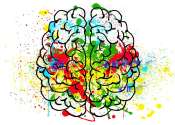Study suggests that even brief exposure to air pollution has rapid impacts on the brain
A new study by researchers at the University of British Columbia and the University of Victoria has shown that common levels of traffic pollution can impair human brain function in only a matter of hours.
Jan 24, 2023
0
95








